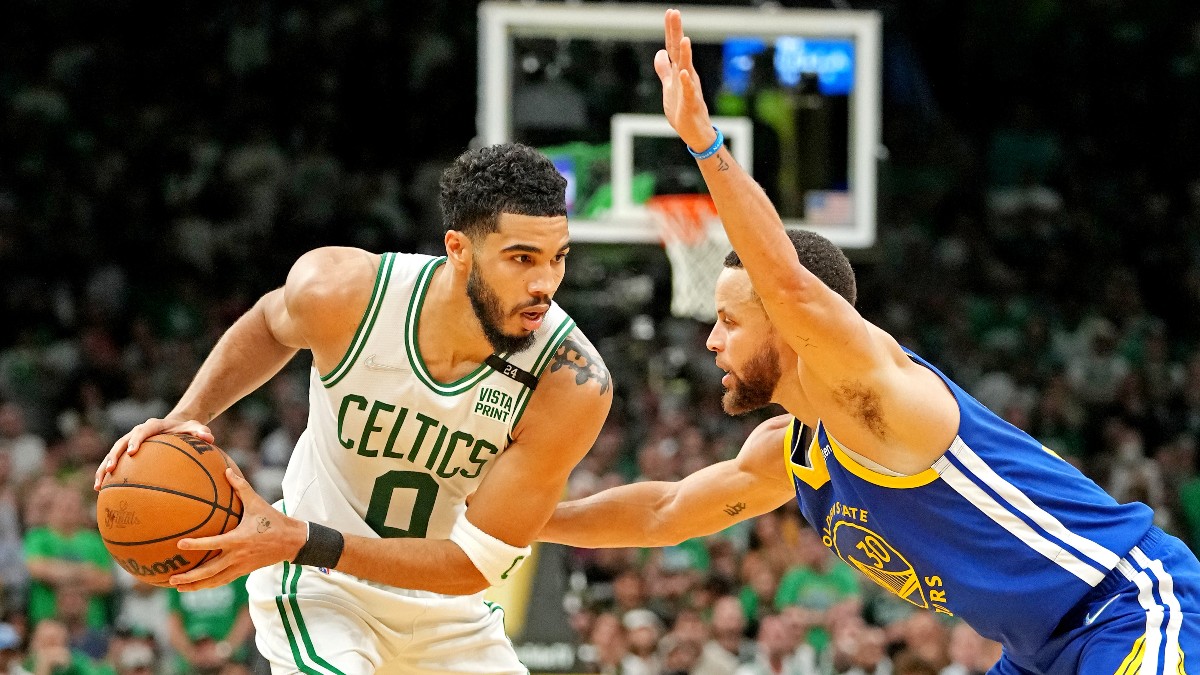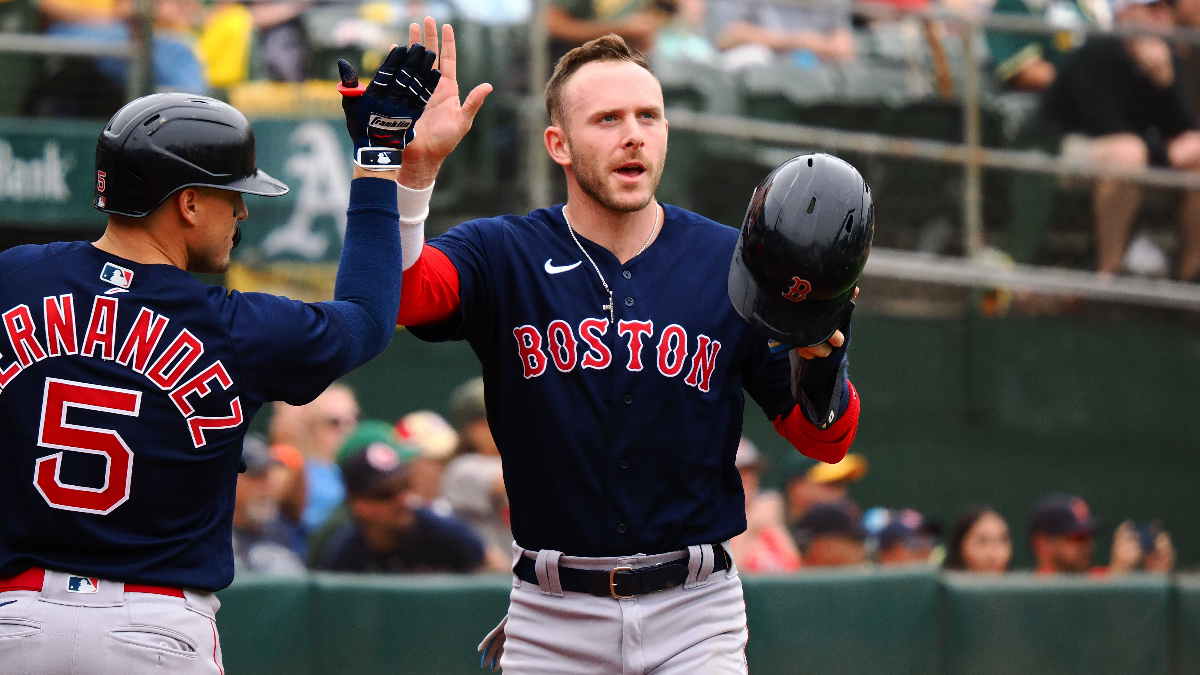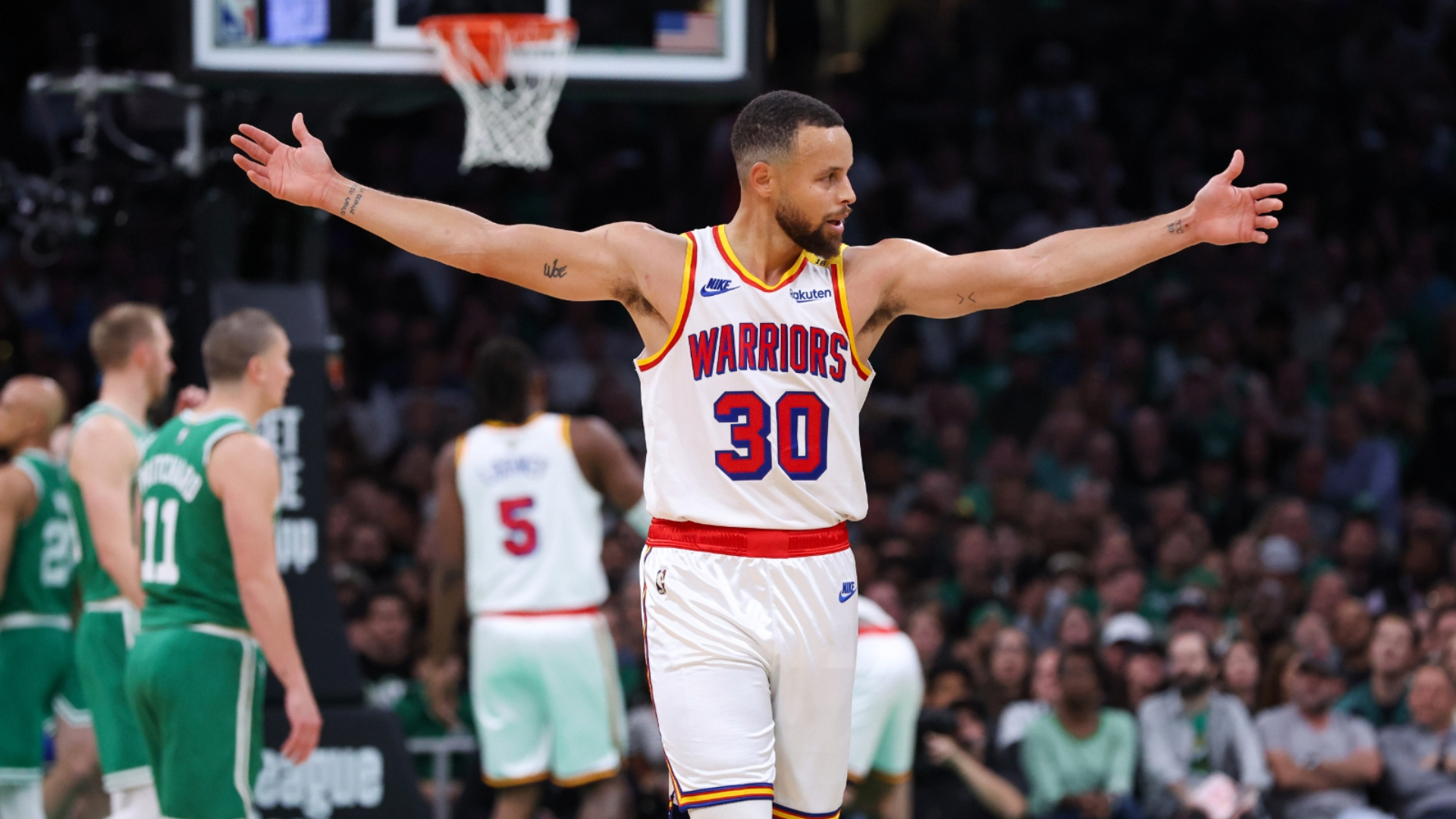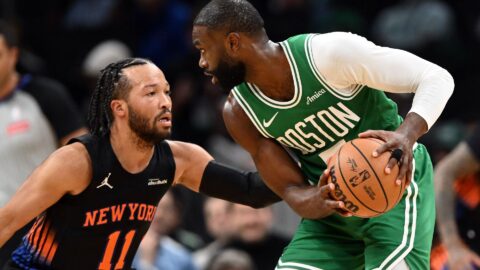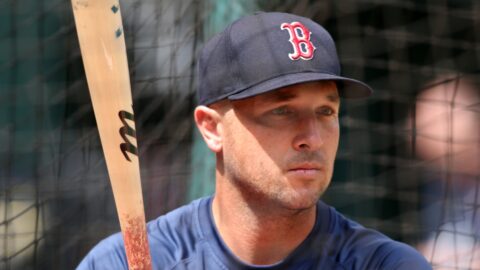Former Los Angeles Lakers guard and head coach Byron Scott saw his glory days on the NBA floor take place during a completely different period of time.
Scott partook in one of the most historic rivalries in all of sports between the mid-1980s to the early 1990s -- a significantly different era socially both on and off the floor. Whether it'd be among player-to-player interactions or the interactions of players amongst those outside the arena, the cherished Celtics-Lakers rivalry looks much different today for a plethora of reasons.
Very few are credible enough to speak on the differences or the rivalry itself, like Scott.
Those differences, along with an overall recollection of his former rivalry with the Boston Celtics, were touched on during a discussion on "The Byron Scott Podcast." You can watch the full segment of the episode here.
"It was a true rivalry," Scott said. "It's not like today. You don't have the true rivalries in the NBA like you did back in those days. We didn't play with those guys in the summer, we didn't play high school ball with them, we didn't grow up playing AAU ball with those guys. Those guys hated us, we hated them."
Scott played in five NBA Finals series in his career, facing the Celtics in three with the Lakers winners of two. No series of the three went fewer than six games.
"We all retired and got to know each other off the court and we found out why we hated each other so much because we had the same mentality," Scott said. "We wanted to win championships. We didn't care about the name on the back of the jersey, we cared about the name on the front. The Celtic pride and the Laker pride was very obvious. ... The rivalry was real, it was legit."
The social nature among the players -- regardless of the team -- serves as one of the most noticeable differences. Scott played during a time when fellow competitors were much more heavily invested in their organization. Players carried that same different sense of pride off the floor as well.
Nowadays, there's a much friendlier and open-minded approach to player-to-player interaction, which can be attributed to the increased team switching that the current generation has become accustomed to.

